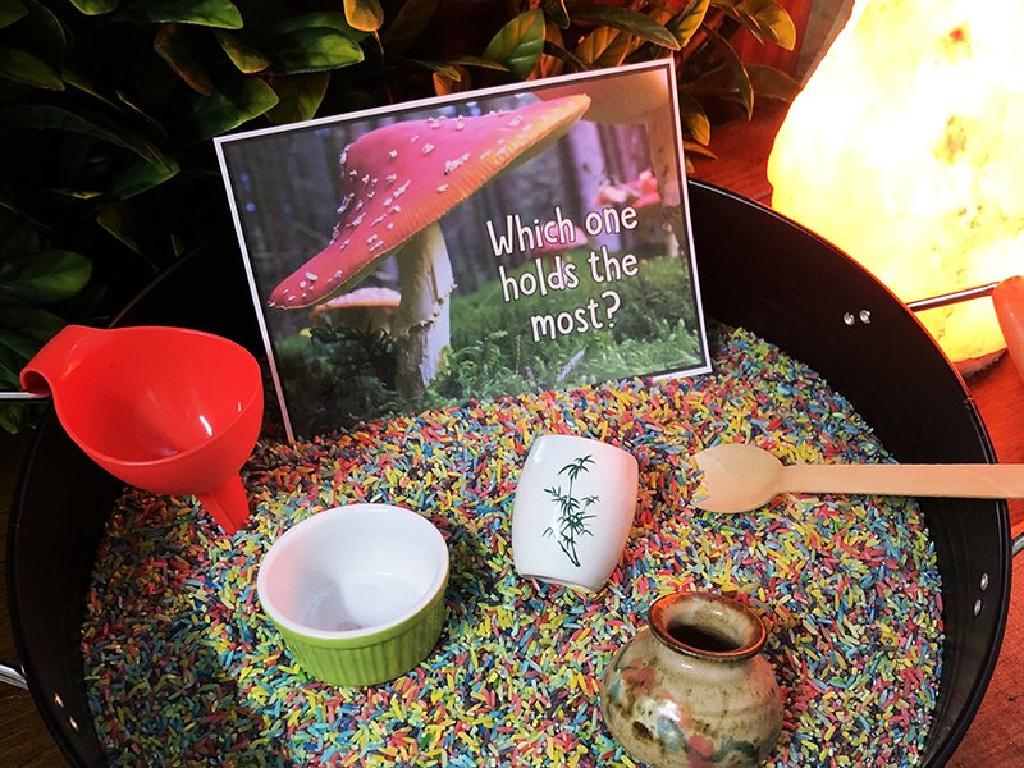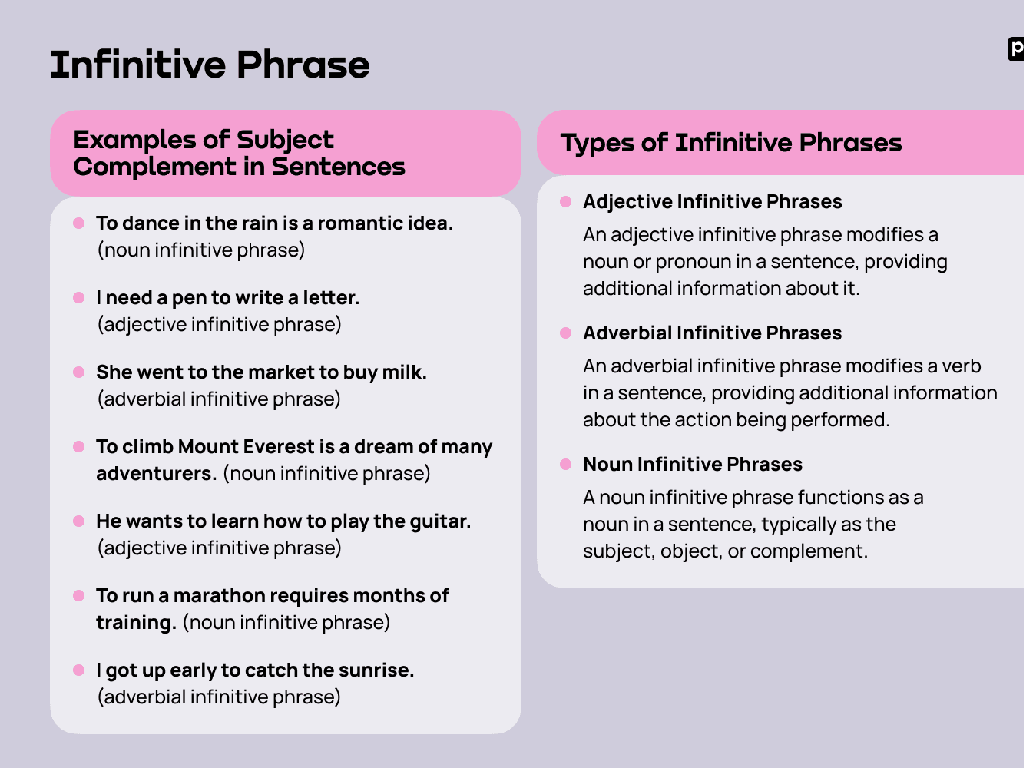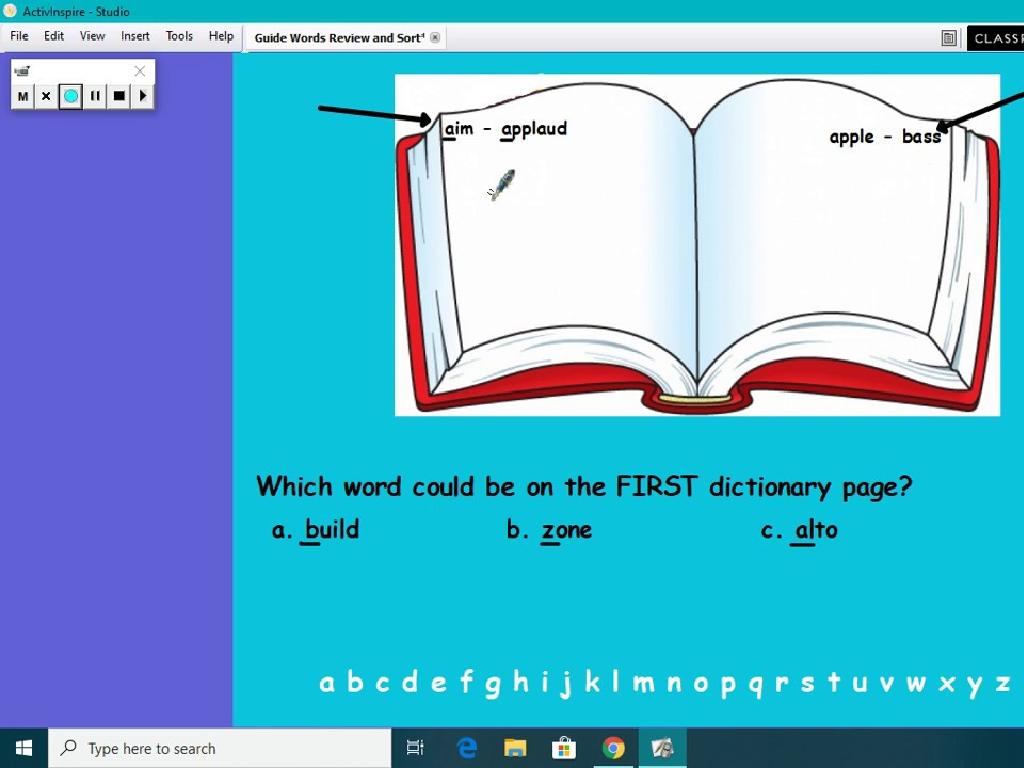Label Magnets That Attract Or Repel
Subject: Science
Grade: Second grade
Topic: Magnets
Please LOG IN to download the presentation. Access is available to registered users only.
View More Content
Welcome to the World of Magnets!
– Discover what magnets are
– Magnets are objects that can pull certain metals towards them
– Magnets: Attract or Repel?
– Like poles repel, opposite poles attract
– Experiment with magnet interactions
– Use magnets to see how they interact with each other
– Learn magnet ‘personality’
– Think of magnets like people: some get along, some don’t
|
Begin the class with an engaging question about magnets to spark curiosity. Explain that magnets are materials that can pull certain metals towards them, like iron. Introduce the concept of attraction and repulsion, explaining that magnets have two poles, and like poles repel each other while opposite poles attract. Set up a simple hands-on activity where students can use magnets to see this principle in action. Encourage them to think of magnets as having ‘personalities’, where some magnets get along (attract) and some don’t (repel). This will help them remember the concept of magnetic interaction. Prepare to demonstrate with a variety of magnets and have enough for students to experiment with in pairs or small groups.
Exploring Magnets
– What is a magnet?
– An object that pulls metals like iron
– Different shapes of magnets
– Bar, horseshoe, and disc shapes
– Magnets have two poles
– Every magnet has a north and a south pole
– Magnets: Attract and Repel
– Opposite poles attract, like poles repel
|
Begin the lesson by explaining what a magnet is and how it can attract certain metals, such as iron. Show the students different shapes of magnets and explain that no matter the shape, all magnets have two poles: north and south. Discuss how opposite poles attract each other while the same poles repel. Use simple language and examples to help second graders understand these concepts. You can demonstrate with actual magnets to show attraction and repulsion. Encourage the students to think about where they might have seen magnets in their daily lives and how they are used.
Attract or Repel: Exploring Magnet Poles
– Magnets: Attract or Repel
– Magnets can pull (attract) or push (repel) objects
– Like poles repel each other
– North pole and North pole will push away
– Opposite poles attract
– North pole and South pole will pull together
– Experiment with magnet poles
|
This slide introduces the basic concept of magnetic attraction and repulsion to second-grade students. Begin by explaining that magnets have two poles, called the North pole and the South pole. Emphasize that two magnets will either attract or repel each other depending on the poles facing each other. Use simple language to explain that like poles (North-North or South-South) will repel, while opposite poles (North-South) will attract. Encourage students to predict what will happen when different poles of magnets are placed near each other before demonstrating with actual magnets. This interactive approach will help solidify their understanding of magnetic properties.
Magnetic Materials: What Sticks?
– Not all things stick to magnets
– Iron, nickel, cobalt are magnet buddies
– These metals are special because they can be attracted by magnets.
– Let’s do a magnet test!
– We’ll try different objects to see if they get pulled by magnets.
– Which materials are magnetic?
|
This slide introduces students to the concept that not all materials are magnetic. Begin by explaining that magnets have a special force that can pull certain metals towards them. Use simple language to describe how iron, nickel, and cobalt are attracted to magnets, calling them ‘magnet buddies.’ Set up a class activity where students can test various materials with magnets to see which ones are attracted. Provide a variety of objects for the students to test, such as paper clips, coins, plastic toys, and wooden blocks. Encourage them to predict which items will stick to the magnets and discuss why some materials are magnetic and others are not. This hands-on activity will help reinforce their understanding of magnetic materials.
Magnet Attraction Experiment
– Conduct a magnet experiment
– Receive a magnet and objects
– Predict magnetic attractions
– Guess which objects will stick to your magnet before testing
– Observe and record findings
– After predicting, test each object and note if it’s attracted or not
|
This hands-on activity is designed to help students understand the concept of magnetism through direct experimentation. Provide each student with a magnet and a variety of objects (e.g., paper clips, coins, rubber bands, plastic toys). Before they begin, ask them to predict which objects will be attracted to the magnet. This encourages critical thinking and hypothesis making. After predictions, students will test each object with their magnet and record the results. Possible variations of the activity could include testing objects made of different materials, using magnets of different strengths, or even trying to attract objects through various substances like water or cardboard. This will help them learn that not all materials are magnetic and that magnetic forces can act over a distance. After the experiment, discuss the results as a class to reinforce the concepts learned.
Observing Magnet Attraction and Repulsion
– Observe how two magnets interact
– Label magnet poles with stickers
– Each magnet has a north (N) and south (S) pole
– Bring same poles together
– Same poles will push away from each other
– Now try opposite poles
– Opposite poles will pull towards each other
|
This slide is designed for a class activity to help second-grade students understand the basic properties of magnets, specifically attraction and repulsion. Begin by explaining that magnets have two poles, north and south. Provide stickers to label the poles of the magnets. Guide the students to bring the same poles of two magnets close to each other and observe how they repel or push away. Then, instruct them to try bringing opposite poles together and notice how they attract or pull towards each other. Encourage students to share their observations. Possible activities include: 1) Magnet racing by repulsion, 2) Creating shapes with iron filings and magnets, 3) Testing magnet strength with paperclip chains, 4) Magnetic scavenger hunt, 5) Sorting magnetic vs non-magnetic items.
Class Activity: Magnet Exploration
– Explore with your magnets
– Find magnetic objects
– Use magnets to test various classroom items
– Label ‘attracts’ or ‘repels’
– Use labels to mark if each item is attracted or repelled by the magnet
– Share your discoveries
– Be ready to tell the class about what you found
|
This activity is designed to give students hands-on experience with magnets. Provide each student with a magnet and labels. Encourage them to test different objects in the classroom to see if they are magnetic. Objects that stick to the magnet should be labeled ‘attracts,’ while those that do not should be labeled ‘repels.’ After the exploration, gather the class and discuss the results. Possible variations of the activity could include: testing objects made of different materials, using magnets of different strengths, or even creating a chart to categorize the objects based on their magnetic properties. This will help students understand the concept of magnetism through direct interaction and observation.
Magnets: Attraction and Repulsion
– Recap: Magnets and their magic
– Who can share an attraction example?
– Like a fridge magnet sticking to the door
– Who can share a repulsion example?
– Like two north poles pushing away from each other
– Magnets: They pull and push
|
This slide aims to consolidate the students’ understanding of magnets and their properties. Begin by recapping the key points from the lesson, emphasizing that magnets can either attract or repel certain objects. Ask the students to volunteer examples of attraction, such as a magnet picking up paper clips, and repulsion, such as two magnets with the same poles facing each other and pushing apart. Reinforce the concept that magnets have the power to pull objects towards them or push them away. This interactive review will help solidify their understanding and recall of the day’s lesson on magnets.
Magnet Game: Attract or Repel?
– Reviewing magnet knowledge
– I’ll name an object
– You tell me: Attracts or Repels?
– Think about if the object is metal or not, like a paperclip or a rubber ball.
– Ready for the Magnet Game?
|
This slide introduces an interactive game to help students apply their knowledge of magnets. The game will reinforce the concept of attraction and repulsion. Before starting the game, briefly recap what materials typically attract to magnets (e.g., iron, nickel, cobalt) and which do not (e.g., wood, plastic, rubber). During the game, call out various objects and have the students respond if they think a magnet would attract or repel the object. This activity will help solidify their understanding of magnets in a fun and engaging way. Possible objects to use in the game: paperclip, coin, plastic spoon, aluminum foil, eraser, nail, and a toy car.






